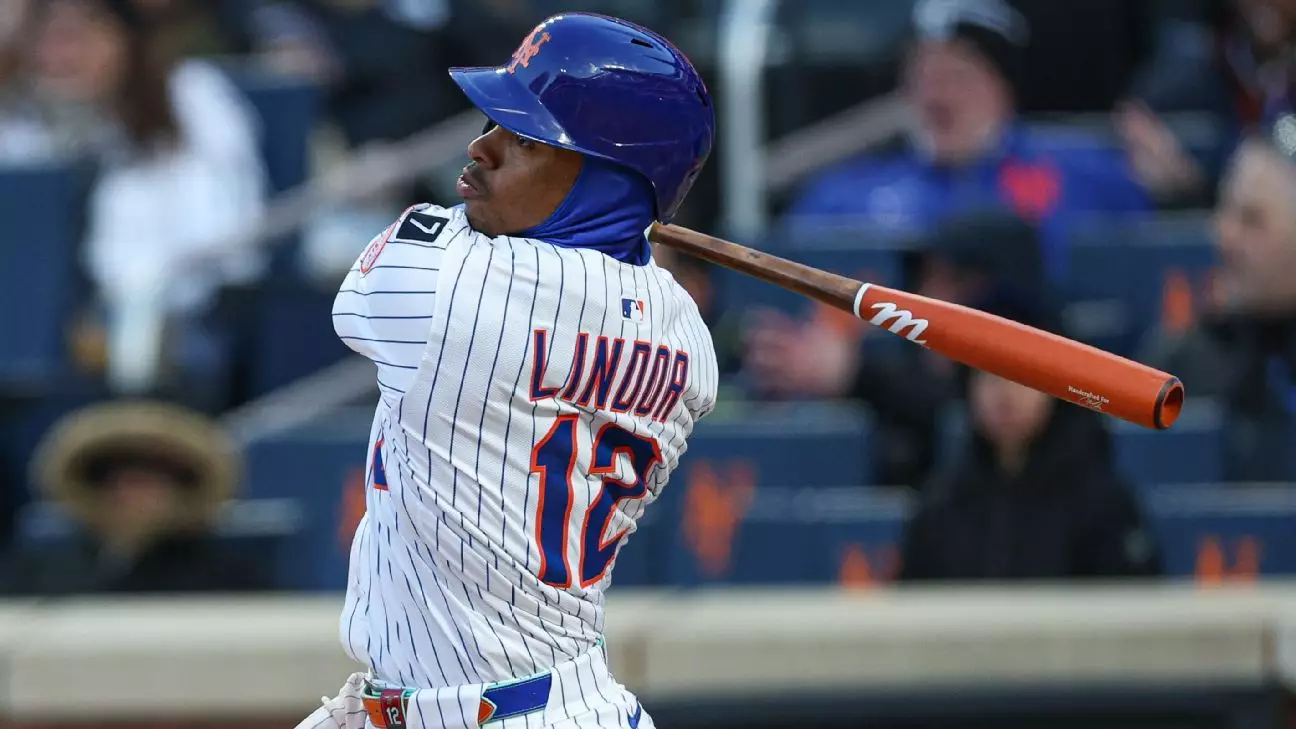In professional sports, success is often perceived as the product of raw talent and consistent performance. However, the true mark of an elite athlete lies in their capacity to adapt and evolve under pressure. Francisco Lindor’s recent career fluctuations exemplify this principle vividly. Despite embracing a new role as a designated hitter and experiencing a slump, Lindor’s willingness to change his approach—scrapping the traditional leadoff position—demonstrates his resilience and strategic mindset. The decision to shift him to the second spot paid immediate dividends, revitalizing his offensive production and reinforcing the importance of flexibility in achievement. In a broader sense, Lindor’s response underscores that greatness does not solely depend on innate ability but also on one’s responsiveness to setbacks and willingness to experiment with new strategies.
The Tension Between Expectations and Performance
Lindor’s journey reveals the brutal reality faced by athletes—an ever-present tension between lofty expectations and inconsistent output. His recent struggles, notably a hitting average that plummeted from .289 to .255 within weeks, demonstrate how fragile confidence can be when success seems elusive. The pressure of maintaining high standards, especially after a standout MVP-caliber season, often exacerbates these struggles. Yet, what sets Lindor apart is his ability not to succumb to despair but to seek solutions actively. The benching and repositioning in the batting order weren’t signs of failure but opportunities to recalibrate. This willingness to confront personal dips head-on is perhaps the most compelling trait for any athlete striving for excellence: understanding that setbacks are not the end but catalysts for growth.
The Significance of Leadership and Team Dynamics
Lindor’s health and performance are deeply intertwined with team success—a dynamic evident in the Mets’ recent downturn. Four straight losses and a broader slide into a losing streak reveal how fragile team momentum can be. Yet, within this adversity lies a crucial lesson: individual resilience directly influences collective performance. By stepping into the secondary batting role and responding with decisive power—highlighted by his 17th home run—the player underscores his leadership example. His willingness to accept a less glamorous position demonstrates a commitment not only to personal redemption but to team cohesion. Such leadership qualities often go unnoticed but are instrumental in rallying a team during tough times, ultimately shaping a resilient and adaptable franchise culture.
The Path to Redemption and Legacy
Earning an All-Star nomination after multiple years, especially amid a slump, significantly boosts Lindor’s standing—not just among fans but within the league’s broader perception. It affirms that talent and recognition are resilient, capable of rebounding despite setbacks. For Lindor, this accolade symbolizes more than individual achievement; it cements his status as a leader capable of overcoming adversity. His career trajectory is a testament to the value of perseverance and strategic agility. It serves as a powerful reminder that even top-tier talent can experience lows, but with determination, they can turn those moments into opportunities for reinvention and renewal. Lindor’s journey demonstrates that true greatness involves navigating storms and emerging stronger on the other side, inspiring future generations to embrace change as a pathway not to failure, but to excellence.

